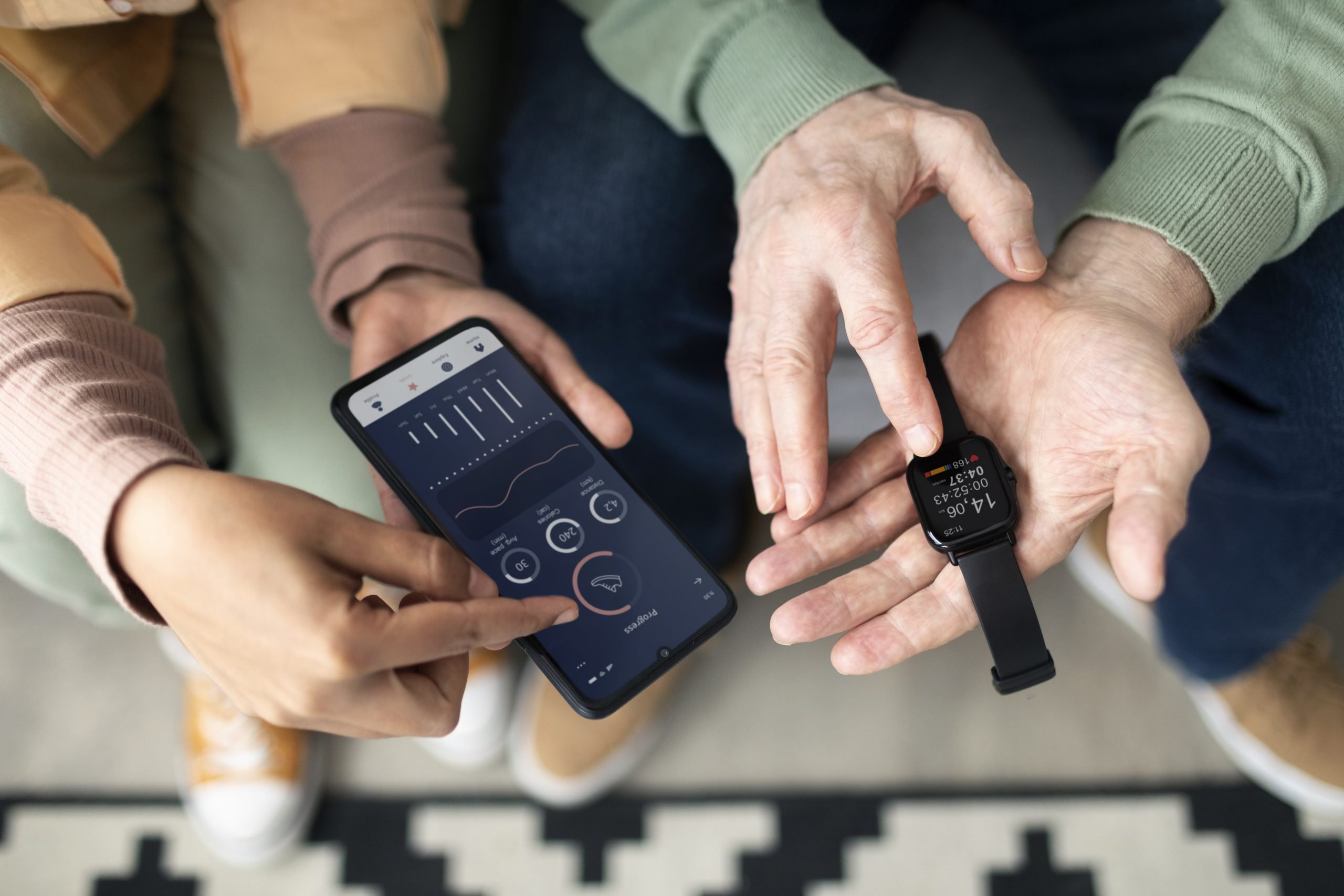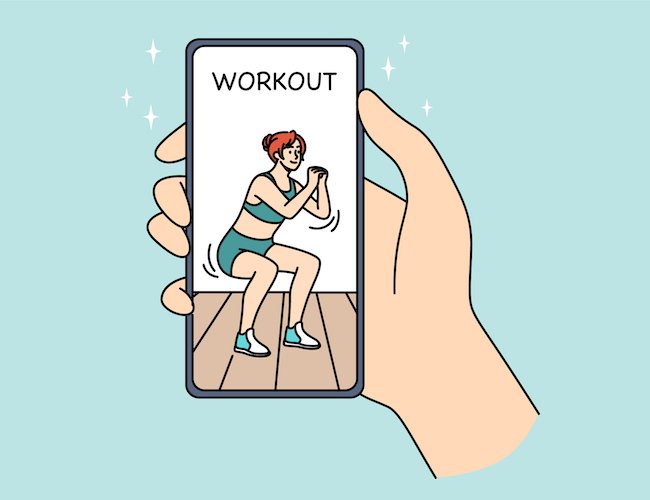In the most extensive study of its kind to evaluate how sticky wearables can be in wellness programs that focus on step-counting, Dr. Mitesh Patel and his team from the University of Pennsylvania Perelman School of Medicine and the Wharton School studied 4.4 million Humana wellness program members. Their paper was published in Annals of Internal Medicine.
Of all the members invited to participate in the study, 55,000 actually downloaded the relevant app needed. Data analyzed included when participants first activated their activity tracker, how frequently the device was used in the first six months following activation, average daily step counts, and sociodemographic characteristics. Overall, only 0.2% of participants used their wearables in year one, but the number rose to 1.2% in year two. In a six-month period, 80% of the people who started using the device were still using it. However, there was no 12-month data to compare with Fitbit’s 70% churn rate that was reported back in 2015.
The Young And Affluent Lead The Pack
The majority of active users in the study were young and had higher incomes than those who didn’t use their devices. While only 1.2% of the general population started using wearables, the figure for young users nearly doubles (2.8 to 3.1%). This is not surprising, given that this demographic tends to be more tech-savvy. Senior users, on the other hand, were more likely to stick with their devices. Although only 0.1% of people older than 65 activated their devices, 90% of these participants were still using them six months later. There’s also a usage disparity among people of different incomes. Users with higher salaries (>$50,000/year) are more likely to use their devices than individuals who make less annually.
Fitbit’s Dominance
The majority of participants in the study (76%) used Fitbit trackers, while Apple devices lagged behind at 9%. However, this might be explained by Humana’s partnership with Fitbit for their Go365 group health program.
The authors say the results suggest more effort is needed to initially engage individuals to start using these devices and that the findings may help programs better target their approach. “Gamification and financial incentives are commonly used within wellness programs, but their impact has not been well studied.” Patel said. “Our findings provide initial evidence suggesting that these types of engagement strategies may show promise for keeping sustained use high. However, more studies are needed to determine the best way to combine these types of engagement strategies with activity trackers to improve health outcomes.”












